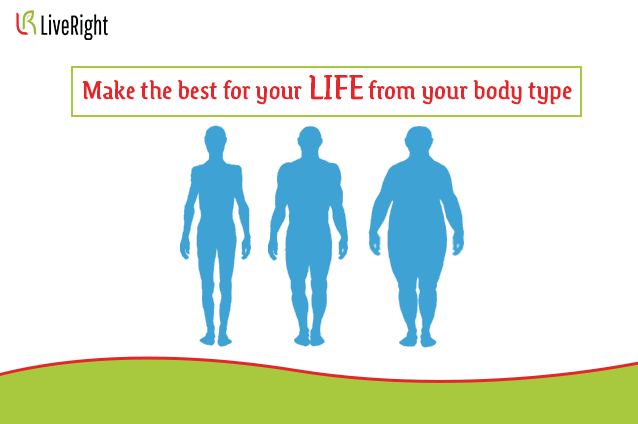Associations of body shapes with insulin resistance and
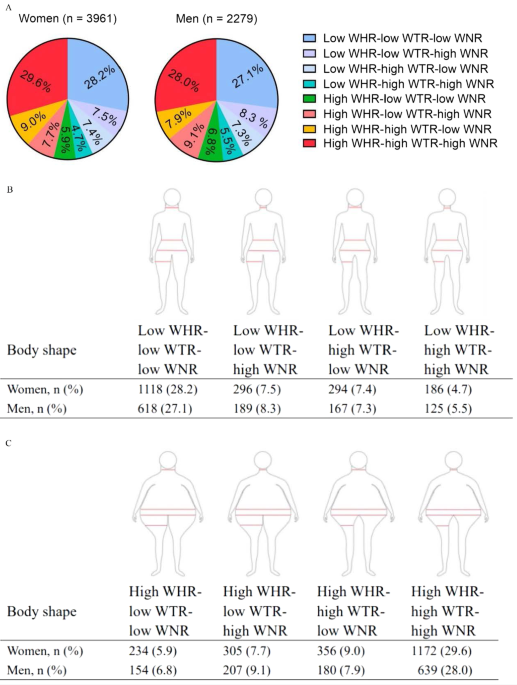
By A Mystery Man Writer
Background We aimed to define refined body shapes by using multiple anthropometric traits that represent fat distribution, and evaluate their associations with risk of insulin resistance (IR) and cardiometabolic disorders in a Chinese population. Methods We performed a cross-sectional analysis in 6570 community-based participants aged ≥ 40 years. Four body circumferences (neck, waist, hip, and thigh) and their ratios were put simultaneously into an open-source Waikato Environment for Knowledge Analysis platform to select the worthiest indicators in determining IR. The ratio of the top 3 fat distribution indicators was used to define the refined body shapes. Results We defined 8 distinct body shapes based on sex-specific combinations of waist-to-hip ratio (WHR), waist-to-thigh ratio (WTR), and waist-to-neck ratio (WNR), which differed in participants’ distribution and risk of IR and related cardiometabolic disorders. In women, as compared to the low WHR-low WTR-low WNR shape, all body shapes were significantly associated with IR and related cardiometabolic disorders; while in men, the low WHR-high WTR-high WNR shape and the higher WHR related shapes were significantly associated with IR and related cardiometabolic disorders. Stratified by WHR, the results were consistent in women; however, no significant associations were detected in men. Conclusions We defined 8 distinct body shapes by taking WHR, WTR, and WNR, simultaneously into account, which differed in association with the risk of IR and related cardiometabolic disorders in women. This study suggests that body shapes defined by multiple anthropometric traits could provide a useful, convenient, and easily available method for identifying cardiometabolic risk.
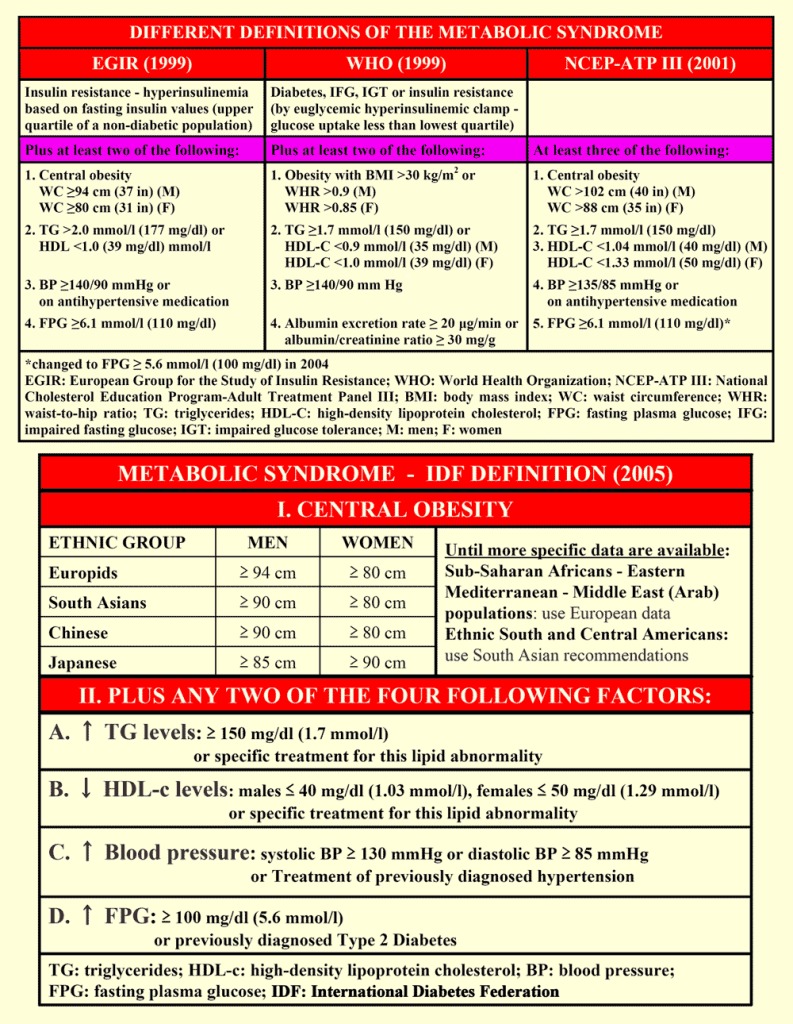
Clinical Problems Caused by Obesity - Endotext - NCBI Bookshelf

Anthropometric Analysis of Waist-to-Hip Ratio in Asian Women

PDF) Associations of body shapes with insulin resistance and cardiometabolic risk in middle-aged and elderly Chinese

Relationship between “a body shape index (ABSI)” and body composition in obese patients with type 2 diabetes

Management of hyperglycaemia in type 2 diabetes, 2022. A consensus report by the American Diabetes Association (ADA) and the European Association for the Study of Diabetes (EASD)

3大简单指标细分8种体型!其中一种胰岛素抵抗风险猛增超200%!-MedSci.cn

Adjusted association between BMI/WHR and serum lipids in Malawi and the UK

Association of the number of risk alleles in sentinel SNPs with type 2
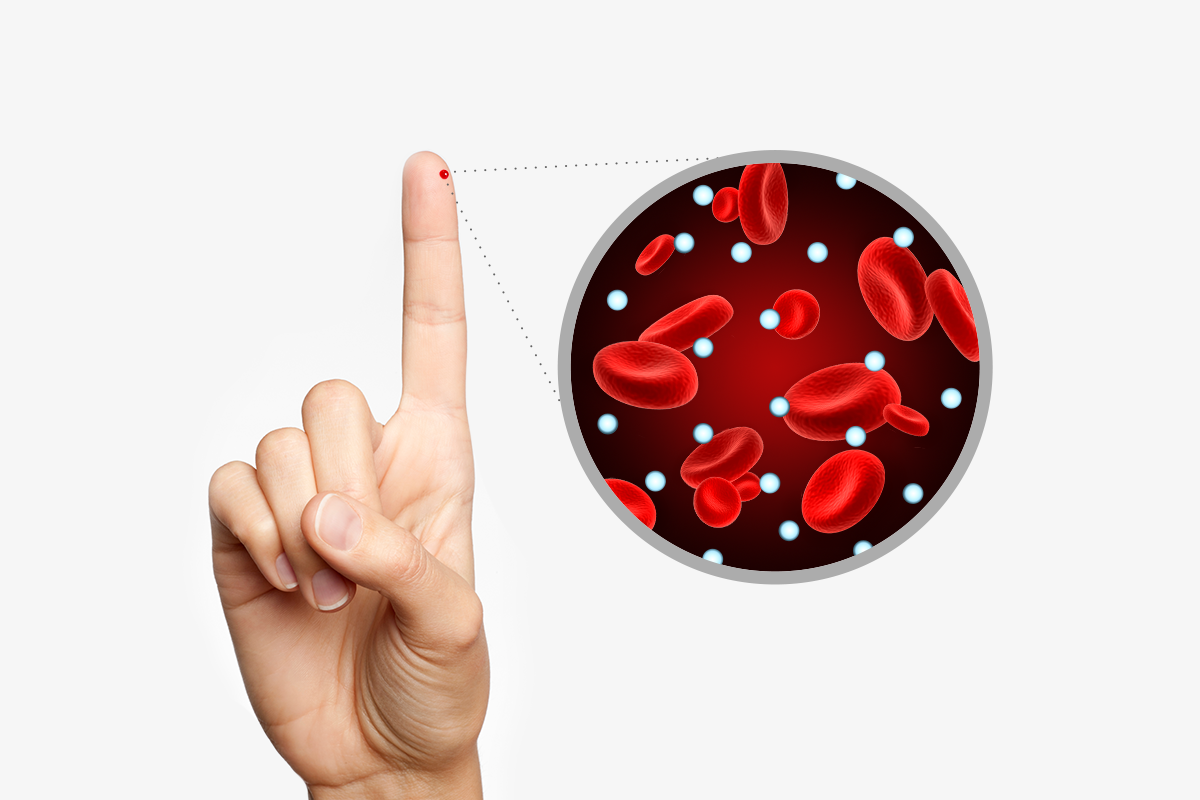
What is Insulin Resistance? Testing, Causes, Prevention & More

ROC/AUCs of imaging biomarkers for assessment of metabolic-related
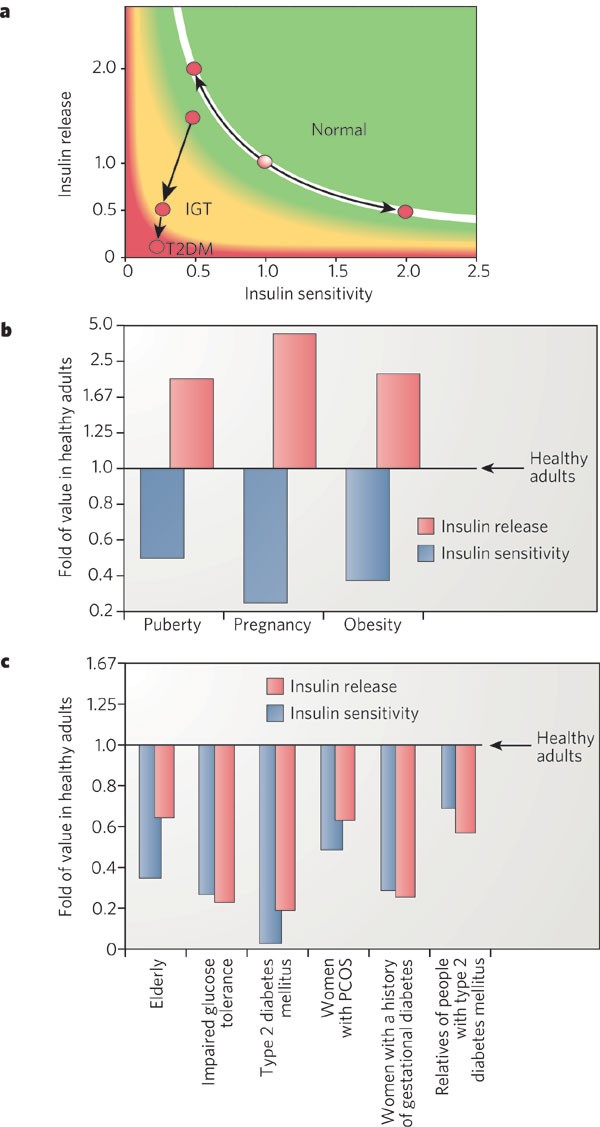
Mechanisms linking obesity to insulin resistance and type 2 diabetes

The dietary requirement for total sulfur amino acids in adults aged ≥60 years appears to be higher in males than in females - The American Journal of Clinical Nutrition

Evaluation of polygenic risk models using multiple performance measures: a critical assessment of discordant results
- Victoria's Secret 32DDD,34D BRA SET M Panty Blue TEAL fishnet lace crystallized

- Kurta Sets & Suits, Meesho Trending Kurta Set For Women

- Olga Carmona becomes Spain captain over Bonmati and Mariona – Her Football Hub

- images.bauerhosting.com/affiliates/sites/12/mother

- e-Tax 20.0% OFF on Marks & Spencer Women T-Shirt Wired Bra




